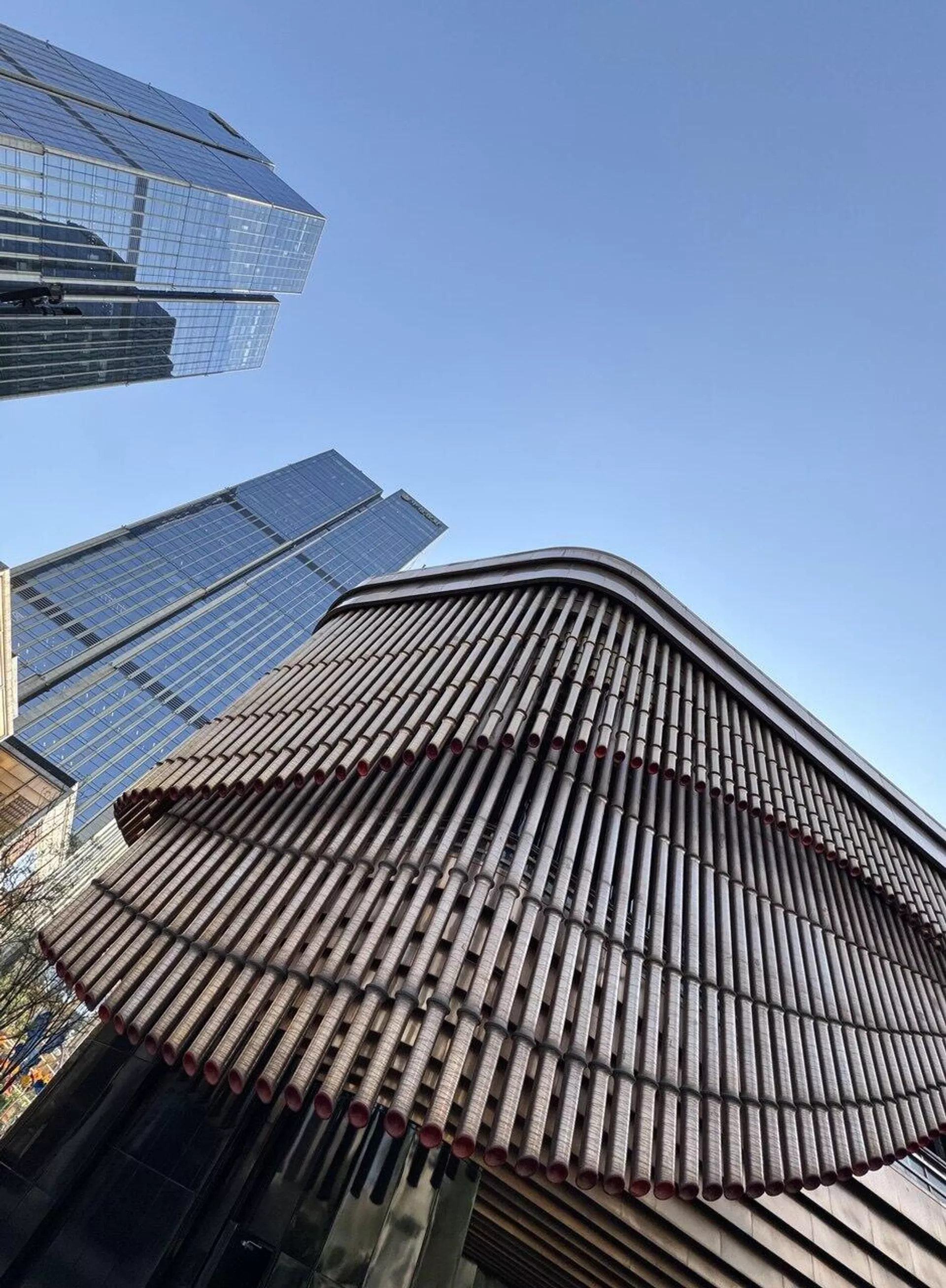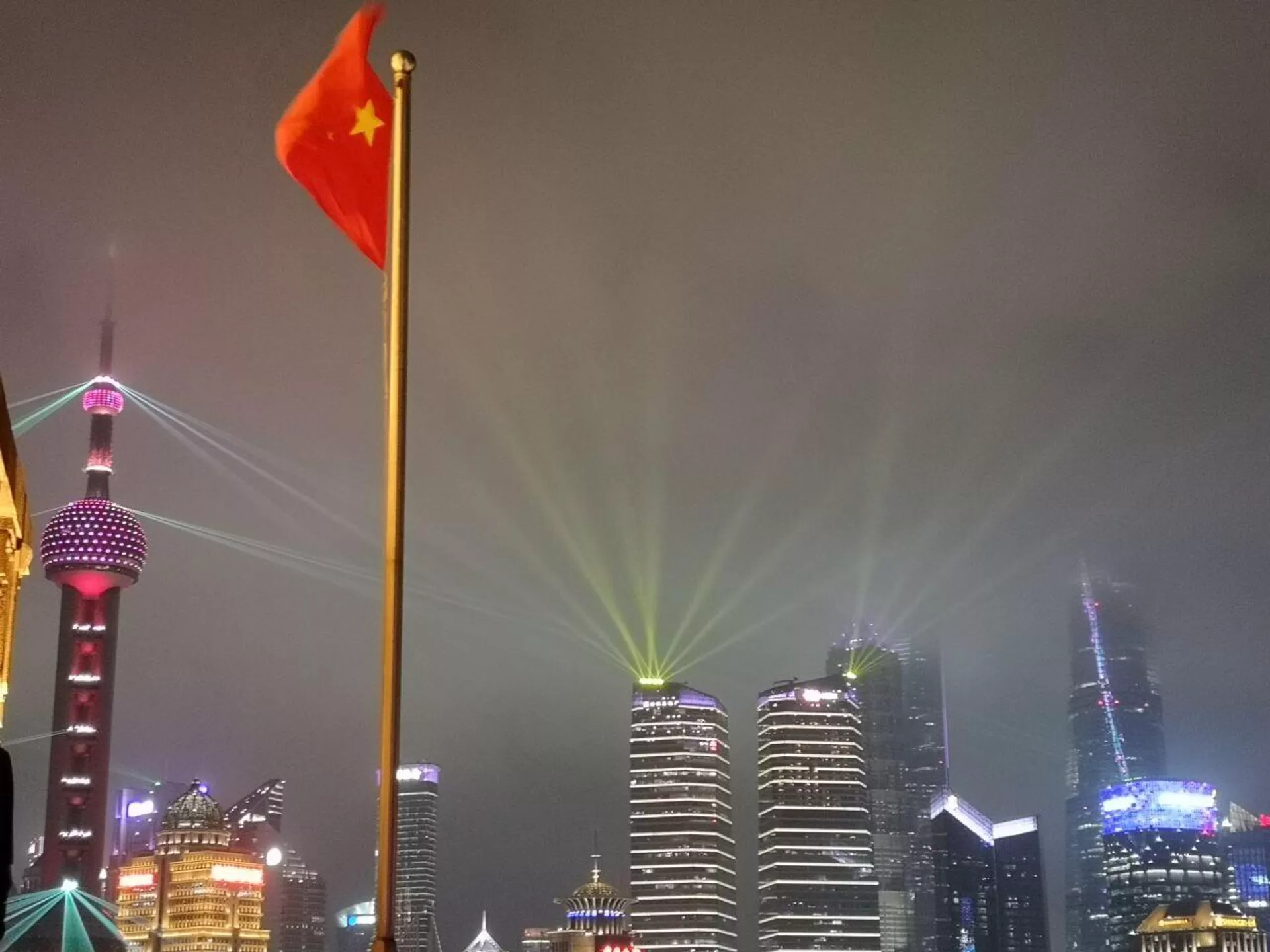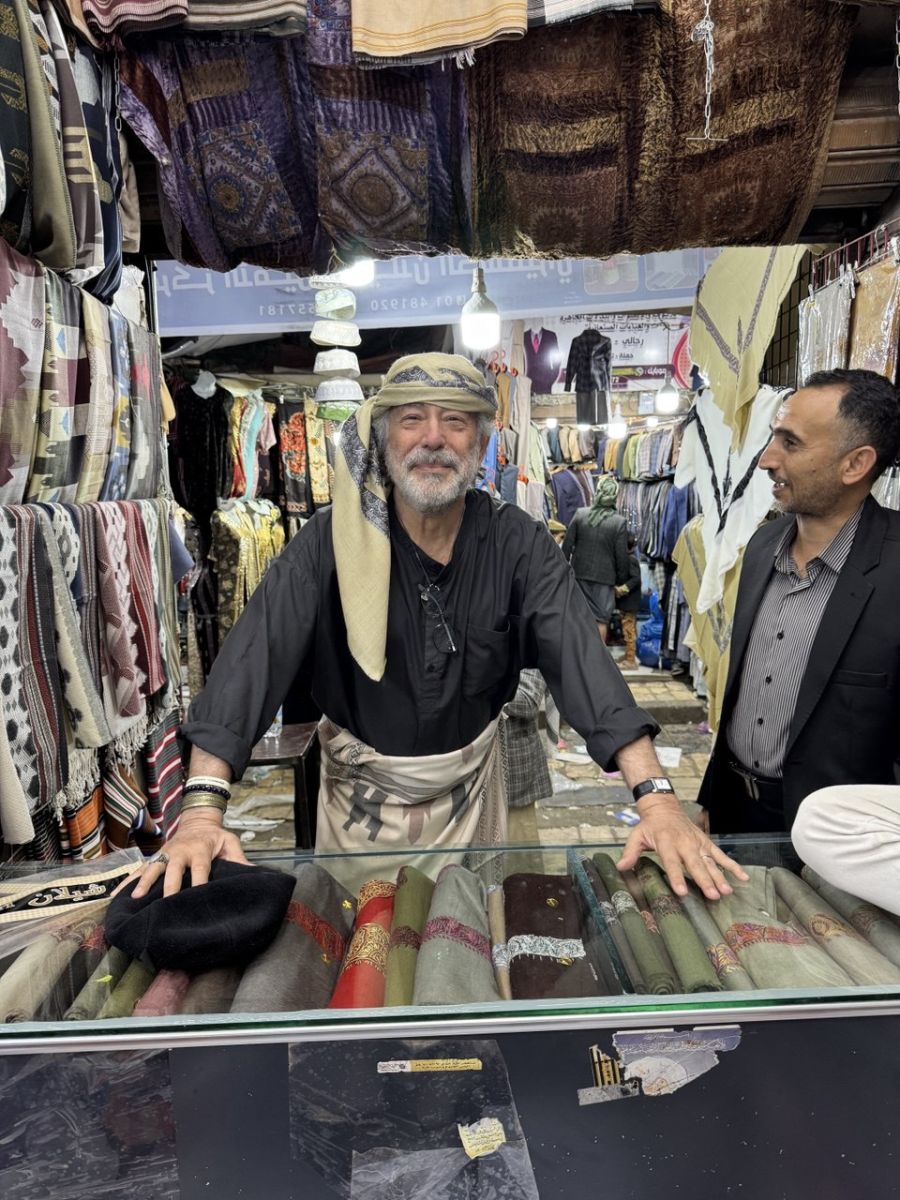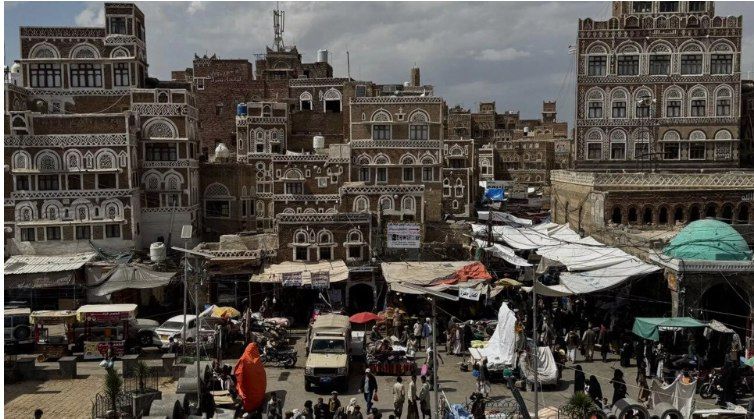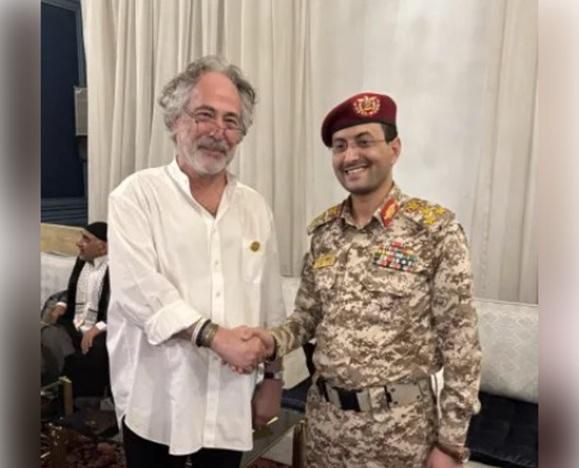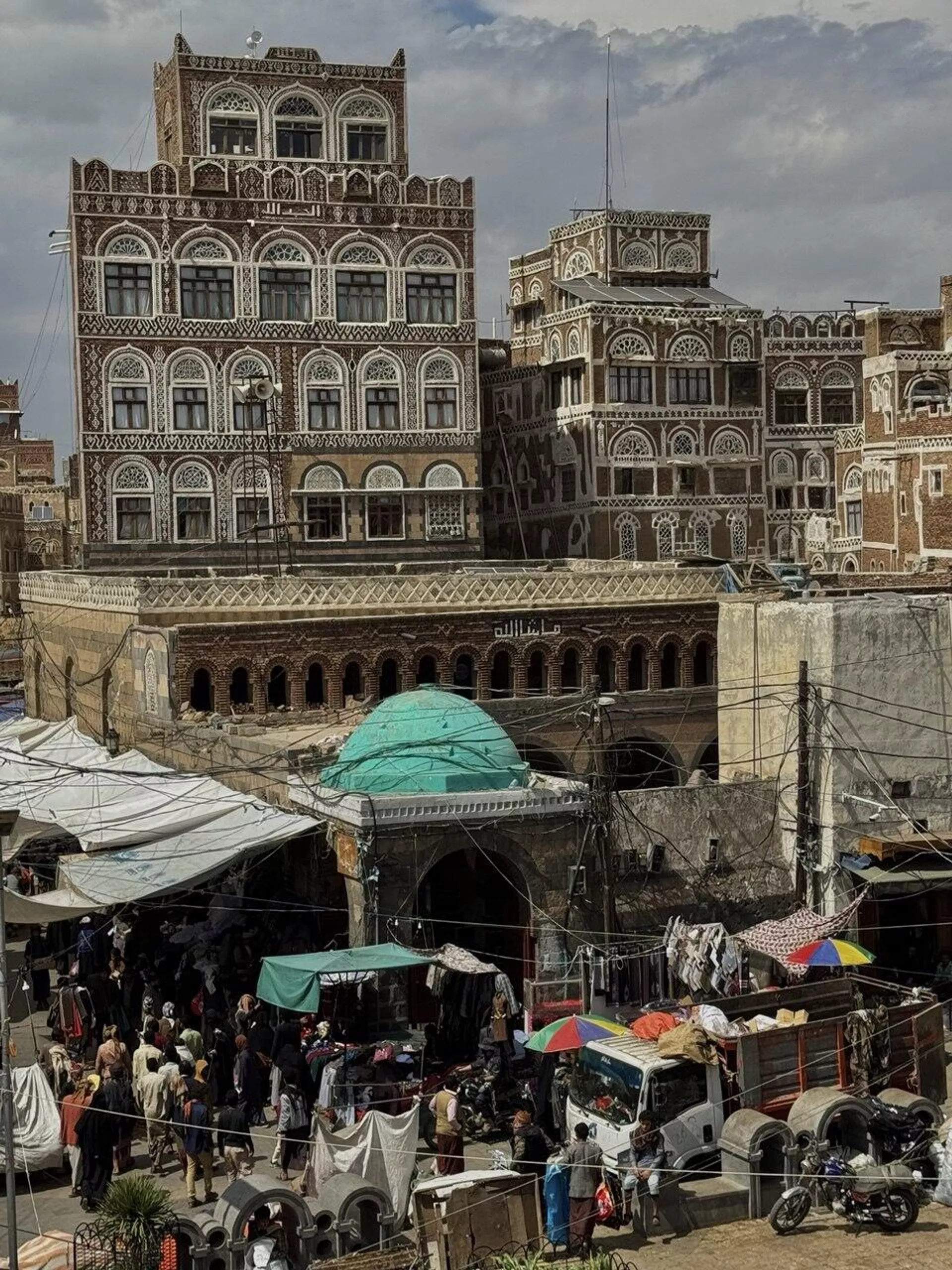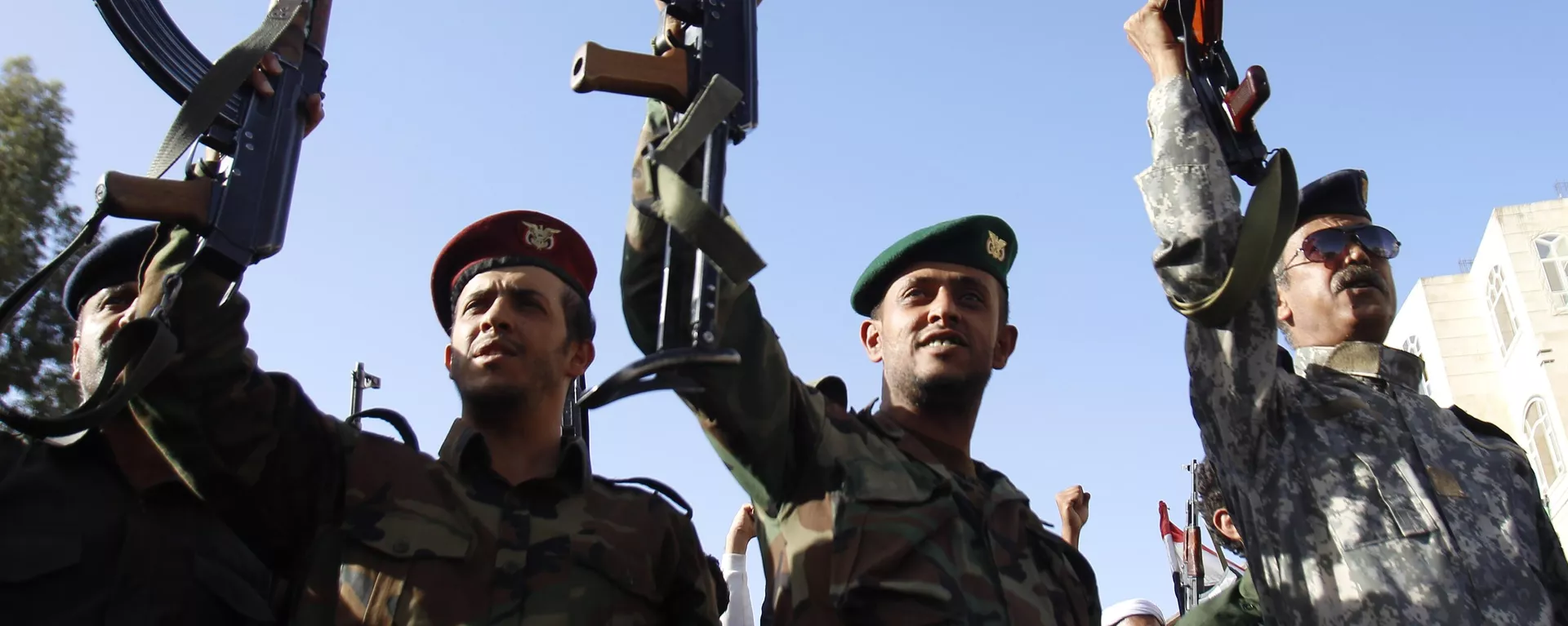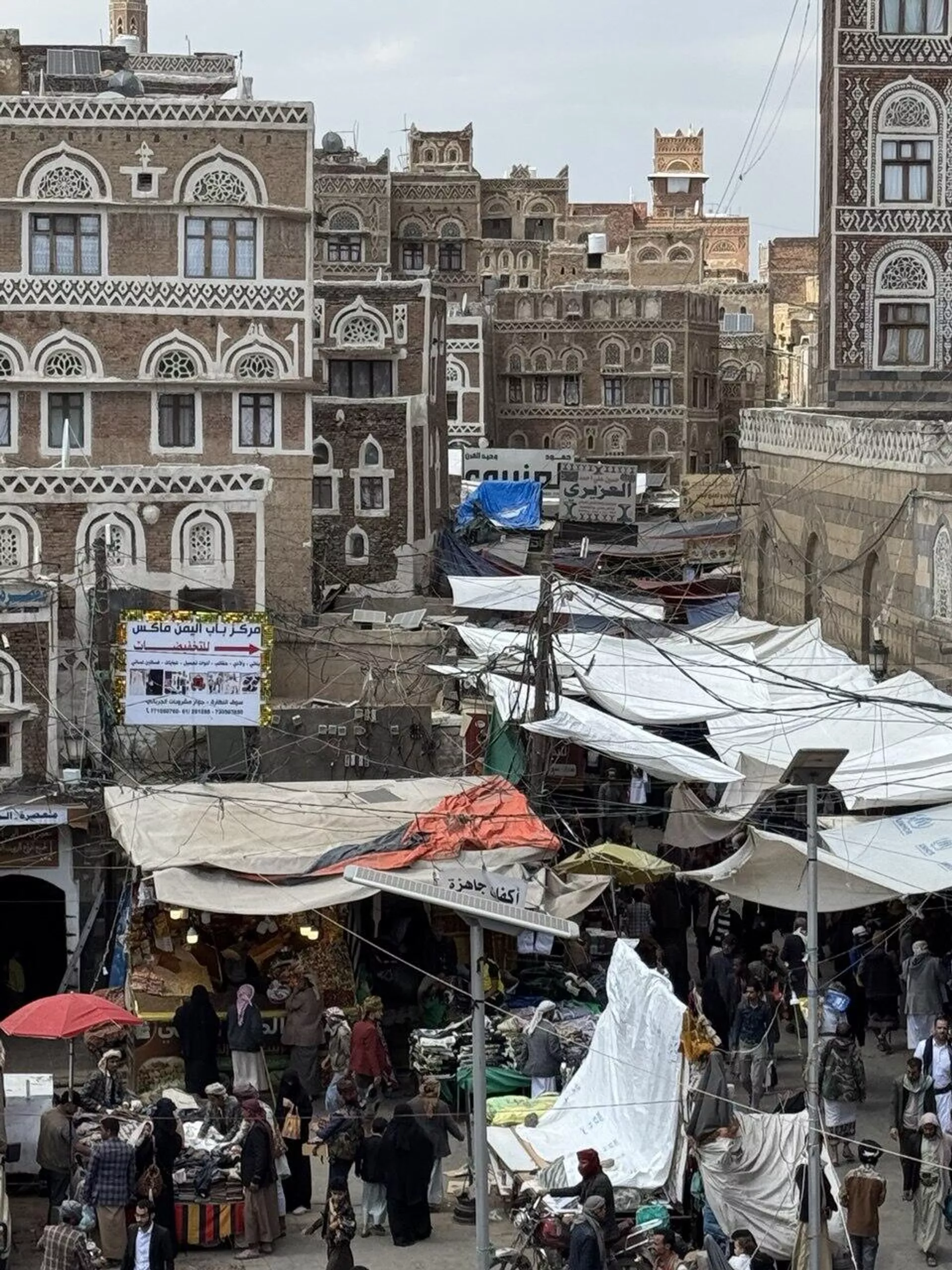Welcome to “Ruler of the World” does Wonderland – to the sound of that hypnotic ‘Kashmir’ riff.
Two overarching taboos reign on the – now shattered – collective West:
- Can’t define the Ukraine regime as Nazi.
- Can’t condemn the psychopathological Israeli genocide in Gaza.
The taboos happen to be inextricably linked to the Forever Wars deployed non-stop by the Empire of Chaos/Zionist axis.
Lesser Hybrid Wars though – even carrying the horrifying prospect of turning nuclear – are allowed to come and go. Especially if they are part of the current war on BRICS, a sub-section of the war of factions of the West against the Global Majority.
So let’s go to Kashmir – to the sound of Jimmy Page’s hypnotic riff. Both India and Pakistan are escalating the war of decibels. Turkey is offering weapons – to Pakistan. Iran offered a mediator role: no takers.
The motive for the war is as dodgy as they come. An all-male tourist bus packing a bunch of merry tourists is roaming around Indian-held Kashmir. Passengers include a just married 26-year-old lieutenant of the Indian Navy – but without his wife (what kind of honeymoon is that?) Another passenger is Nepalese. The bus is attacked by shady splinter goons loosely affiliated with the Salafi-jihadi Lashkar-e-Taiba outfit.
The Empire has been all over the Indian front. The current US Director of National Intelligence (DNI) Tulsi Gabbard was previously fully funded by Prime Minister Modi’s circles. Eyeliner-loaded VP J.D. Vance recently visited India – complete with family Taj Mahal photo op. Then Modi went to visit Saudi Arabia – invited by MbS. After the Kashmir bus terror attack, Hindutva fanatics went on a cyber-attack spree.
The crude tactics spell out classic Divide and Rule. Double whammy: revamped weaponization of India, and destabilization of a key Belt and Road Initiative (BRI) China front: the China-Pakistan Economic Corridor (CPEC). A thing of beauty: splitting BRICS from the inside.
None of that, of course, legitimizes the ghastly Pakistani military, which have thrown in jail, on spurious charges, the man who was trying to bring Pakistan to respectability: Imran Khan.
It’s up, once again, to the adults in the room, any room – Russia – to de-escalate. This could be ideally performed inside the SCO – where both India and Pakistan are members, side by side with Iran. Moscow chose to take the initiative, by itself.
Deputy Foreign Minister Andrey Rudenko met with both India’s Ambassador to Russia, Vinay Kumar, and Pakistan’s Ambassador to Russia, Muhammad Khalid Jamali.
Russian terminology is essential: not only there was a call for both parties to “engage in constructive dialogue”. Moscow stressed, “we are ready to counter the global terrorist threat together.” The operative word is “global”. Delhi and Islamabad don’t seem to be getting the message – yet.
Kashmir as a volatile war lab
An infernal machine is predictably on. It’s as if the Anglo-Zionist axis is using Kashmir as a volatile lab for a series of live tests – including pushing nuclear powers to the brink of confrontation. And all that dealt with casual insouciance – practically as a sideshow.
Nothing coming from Sultan Erdogan and his intel apparatus could possibly be seen as trustworthy. In Syria, the MIT’s assets – the Headchopper Inc. congregated in Greater Idlibistan – ended up being installed in power in Damascus with their Zionist-friendly gang leader now posing as President.
The comprador Yankee junta in Islamabad, for its part, may be facing the abyss – which in itself qualifies as auspicious news. In parallel, suspense accrues on whether Modi will show up for the Victory Day parade on May 9 in Moscow – and what he will tell his Russian hosts.
BRICS members Russia and Iran want the International North South Transportation Corridor (INSTC) running smoothly to India sooner rather than later. The game gets even more complex when we see that the Iranian investigation is finally starting to consider that the horrendous explosion at the Shahid Rajaee port may have been an act of sabotage or an FPV strike.
Extra pressure on China is a real motivator for setting up this war lab. Now Beijing not only needs to start worrying about an explosively renewed India-Pakistan front but also extra CIA/MI6 mischief pushing the Pak connection to Uighur Salafi-jihadis.
There’s no chance in hell Delhi will really understand Beijing’s geopolitical predicaments. A perfect scenario for the Hybrid War gang.
Meanwhile, at the BRICS front, at least there are some signs of rationality – coming, once again, from Grandmaster Lavrov.
Even before the BRICS Foreign Ministers meeting early this week in Rio, Lavrov cut to the chase on the financial and geoeconomic front. He stressed that BRICS are working hard on the 2024 Kazan summit-approved “Trans-Border Payment Initiative”; a “payment and clearing infrastructure”; “a re-insurance company”; and a new investment platform.
He had to once again explain to Western media – from the US to Brazil – that “it would be premature to discuss a transition to a single currency for BRICS. We are working together to create a payment and settlement infrastructure for carrying out cross-border settlements among BRICS countries. In particular, as I have already said, this includes increasing the share of national currencies in our transactions.”
A BRICS common currency – a specter hovering over Trump 2.0 – will only come back to the table “once the necessary financial and economic conditions are in place.” Until then, the war on BRICS, hybrid and otherwise, will be relentless.
Trumpty Dumpty
Switching from reality to fantasy, it was such a blast to find the connection between Kashmir and Alice in Wonderland… in a Chinese essay.
It takes supreme Chinese finesse – quite like subverting Taoist wisdom with a touch of post-modernism – to identify the “ruler of the world” (his own terminology) throwing everyone, virtually the whole planet, into the rabbit hole.
So in this wilderness of narrative mirrors, Trump should be perceived as all characters combined: the White Rabbit, Humpty Dumpty (“When I use a word, it means what I choose to mean, no more and no less”), the Mad Hatter, the Queen of Hearts (“Off with their heads!”)
That certainly illustrates the intersection of the trade war (launched by the “ruler of the world”) and the genocide war (fully legitimized by the “ruler of the world”). With an extra twist: reality has a knack to out-Carroll even Lewis Carroll himself.
Enter the curious case of the USS Truman, a giant aircraft carrier, being possessed by the spirit of Ayrton Senna and deciding to pull out an ultra-sharp curve as if it was a Maserati Gran Turismo Stradale in the middle of the Red Sea – just for a F-18E Super Hornet to protest about the maneuver plunging head on to the bottom of the ocean.
At least that was the narrative CENTCOM sold to global public opinion. Blame that damned Houthi missile fire!
 RSS
RSS


